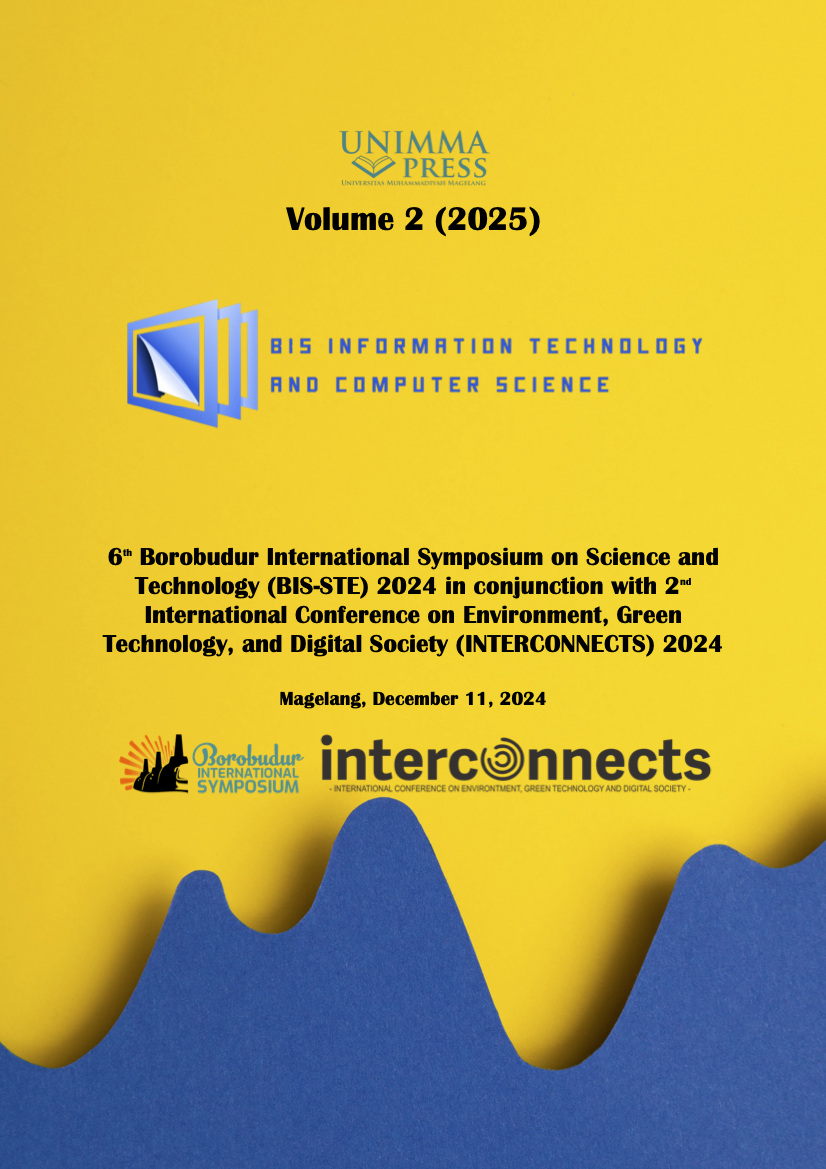Study control system through IoT based on SIPENYET to accelerate student studies at Islamic Universities
Keywords:
Study control system, IOT, SIPENYET, Acceleration of studyAbstract
Completion of studies on time is not a personal problem for students, but concerns the quality of academic governance in a university. With this perspective, IAIN Kendari implements the SIPENYET application which functions as a control tool in completing student studies. The application involves threeway interaction, namely: lecturers, students, and education staff. The interaction process begins when students submit research titles, the guidance process, exams, to graduation. The research was conducted qualitatively with a narrative approach. This research found that the use of IOT in the form of the SIPENYET application has a very large impact on the following aspects: 1) availability of correspondence records between lecturers and students; 2) monitoring the progress of student study completion; 3) creating effectiveness and efficiency in completing student studies.
References
[1] N. Yao and Q. Wang, “Factors influencing pre-service special education teachers’ intention toward AI in education: Digital literacy, teacher selfefficacy, perceived ease of use, and perceived usefulness,” Heliyon, vol. 10, no. 14, p. e34894, 2024, doi: 10.1016/j.heliyon.2024.e34894.
[2] K. Wang, B. Li, T. Tian, N. Zakuan, and P. Rani, “Evaluate the drivers for digital transformation in higher education institutions in the era of industry 4.0 based on decision-making method,” J. Innov. Knowl., vol. 8, no. 3, p. 100364, 2023, doi: 10.1016/j.jik.2023.100364.
[3] K. Kumar and A. Al-Besher, “IoT enabled e-learning system for higher education,” Meas. Sensors, vol. 24, no. August, p. 100480, 2022, doi: 10.1016/j.measen.2022.100480.
[4] A. Akib, E. Karno, E. Erdiyanti, S. Syahrul, B. Badarwan, and M. Murniati, “The use of SIMPEG-based data mining techniques in measuring employee performance in Islamic higher education,” IOP Conf. Ser. Mater. Sci. Eng., vol. 830, no. 3, 2020, doi: 10.1088/1757-899X/830/3/032013.
[5] J. W. Creswell and C. N. Poth, “Qualitative Inquiry and Research Design: Choosing Among Five Approaches, Fourth Edition,” Sage Publ. Inc, 2017.
[6] M. B. Miles and A. M. Huberman, Qualitative Data Analysis : An Expanded Sourcebook, Second. Sage Publication, 1994.
[7] R. R. Sherman and R. B. Webb, Qualitative Research In Education: Focus and Methods. 2005.
[8] S. Pervez and G. Alandjani, “Role of Internet of Things (Iot) in Higher Education,” Proc. ADVED 2018- 4th Int. Conf. Adv. Educ. Soc. Sci., no. October, pp. 792–800, 2018.
[9] M. Alfiras, A. A. Yassin, and J. Bojiah, “Present and the future role of the internet of things in higher education institutions,” J. Posit. Psychol., vol. 6, no. 1, pp. 167–175, 2022.
[10] R. Sembey, R. Hoda, and J. Grundy, “Emerging technologies in higher education assessment and feedback practices: A systematic literature review,” J. Syst. Softw., vol. 211, 2024, doi: 10.1016/j.jss.2024.111988.
[11] V. Mkrttchian et al., “Big data and internet of things (IoT) technologies’ influence on higher education: Current state and future prospects,” Int. J. Web-Based Learn. Teach. Technol., vol. 16, no. 5, pp. 137–157, 2021, doi: 10.4018/IJWLTT.20210901.oa8.
Downloads
Published
Conference Proceedings Volume
Section
License

This work is licensed under a Creative Commons Attribution-NonCommercial 4.0 International License.

